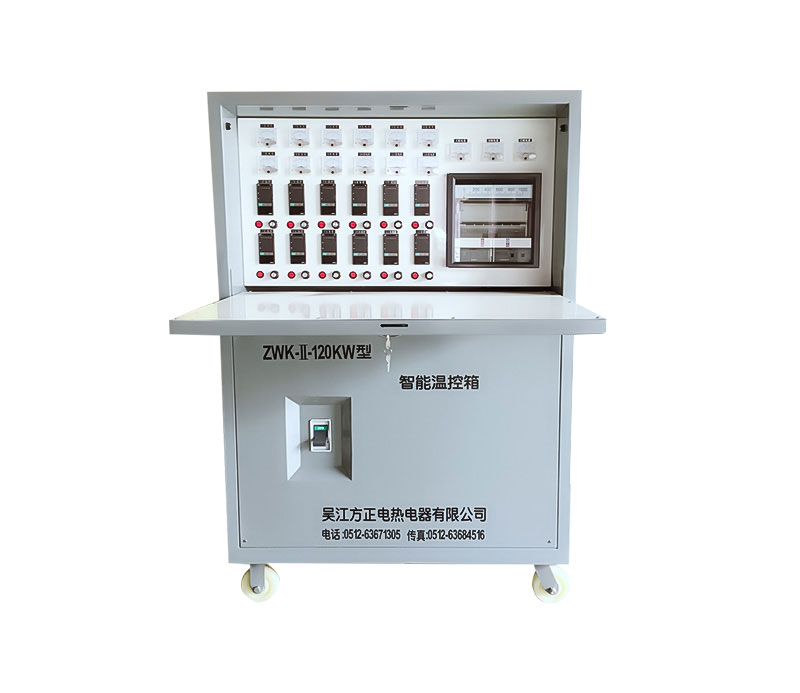National hotline
+8615995577609
In nature, nothing exists like pure metal. First, all h […]
In nature, nothing exists like pure metal. First, all heat treatment processes depend on two / three aspects:
Percentage of alloy in metal
Interaction at different stages
Heating or cooling rate
When a certain heating or cooling rate is applied, the orientation and diffusion of the alloy in the metal will change and produce different microstructures. Different microstructures have different properties. For example, due to the cotrell atmosphere caused by alloying elements, a higher rate of cooling (eg in brine) usually gives a hard and brittle structure. Lower cooling rates (eg in air) will produce a soft and ductile structure.
When the percentage of alloying elements changes, the structural strength changes. Therefore, high alloy metals have higher strength and lower ductility.
Suppose you have a very hard metal and you want to apply toughness to it and apply it at a certain heating / cooling rate so that you maintain the same composition to achieve the desired toughness / softness (for example, by annealing).
Therefore, it is the essence of heat treatment to change the orientation and diffusion of alloy elements by applying heating / cooling to have desired characteristics. When alloying elements are not present, the homogeneous structure will always remain homogeneous. Therefore, conceptually, heat treatment will not be of great significance.
As a solid solution / combination of metals (phases), alloys are not in equilibrium, but are frozen into various grain sizes and shapes, resulting in their characteristic material properties, such as ductility, brittleness, hardness, etc. Subsequent use.
The actual method of changing the grain structure is to increase the temperature to soften (anneal), deform (temper), decompose into smaller grains (hardening), change the local composition (martensite), evolution mode (destruction), etc. It is often called heat treatment and has been extensively studied.
Heat treatment has many applications. For example, as far as its proposed use is concerned, it is used in metal post-treatment to give metal parts preferred specific mechanical properties (eg annealing, quenching, etc.).
By exposing freshly produced milk to a certain temperature for a certain period of time to kill bacteria that may harm human consumption, heat treatment is also used for milk pasteurization.

If you have any questions, please contact us immediately and we will answer them patiently.